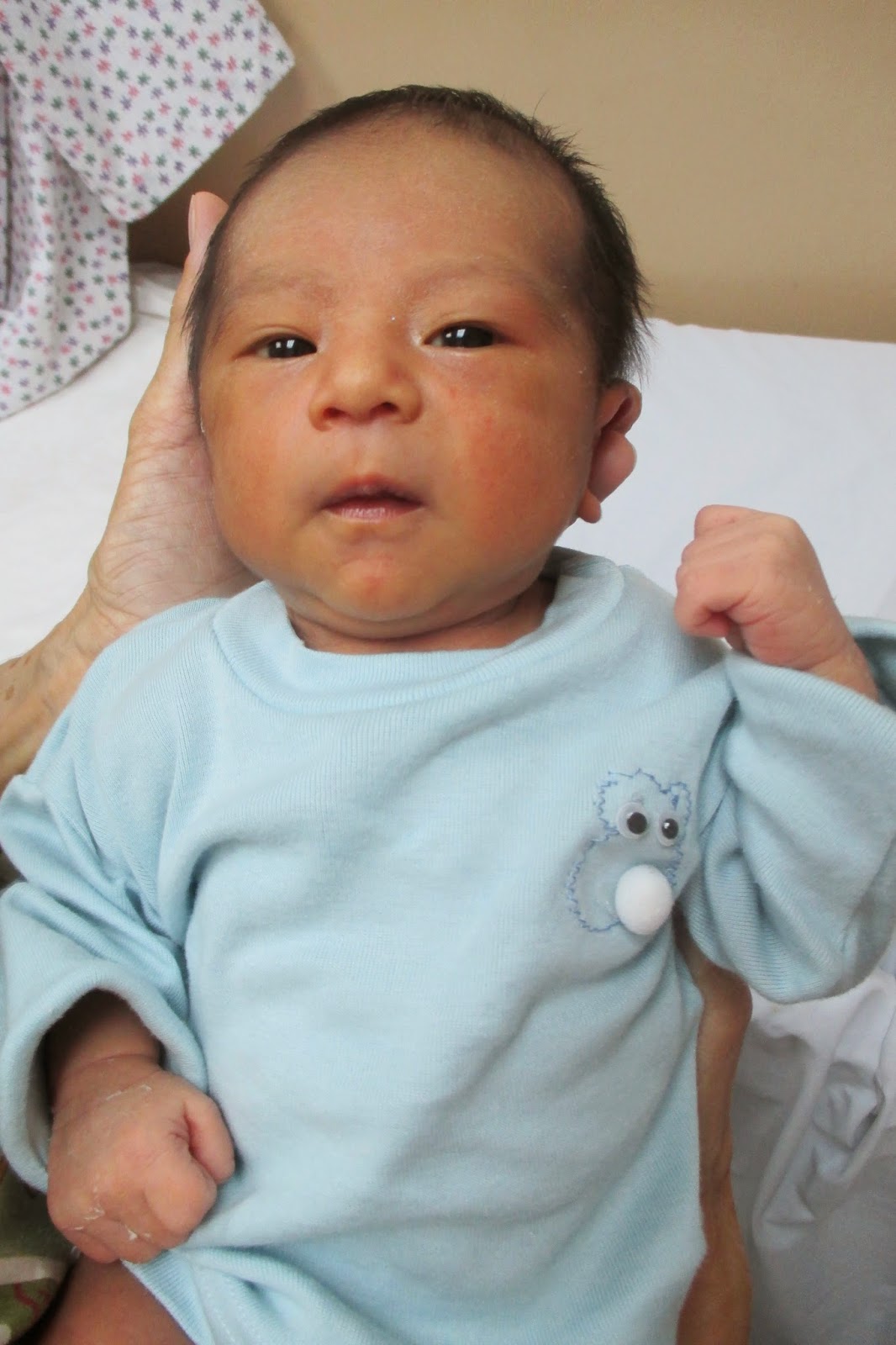Look, Listen and Learn: The Clinic in Nejapa
We are in the last moments of preparing for the Mission of
Healing 2015, and this year’s experience will be fine-tuned according to the
learning and planning which took place during the visits Deb and I made to the
Unidades de Salud of the northern micro-region.
The visits of October were made possible in large part through the
efforts of Doctora Chiquillo, who works at the Unidad in Nejapa. We spent one full week observing all aspects
of work in the Nejapa clinic, learning from the staff, brainstorming ideas with
Dra. Chiquillo, and walking through a wide range of climates and environments
with the health promotors. Dra.
Chiquillo paved the way for us to meet with the coordinator of SIBASI Norte -- the governmental agency which oversees all of the Unidades and ECOS Familiares
in the northern region. We are extremely
grateful for Dra. Chiquillo’s coordination and collaboration as we seek to
support through the Mission of Healing the everyday work of healers who have
dedicated their lives to caring for those most in need...
After a quick meet and greet in Nejapa, and a fruitful
meeting at the SIBASI offices, what would two grandmas most love to do? Hold babies, of course! We finished off our first morning in Nejapa
by hanging out with the maternal health nurses.
As we had observed elsewhere, the teaching and care offered to mothers
was of excellent quality. One of the
primary focal points for the Unidad de Salud in Nejapa is the milk bank. It is the first (and we believe only)
collection site for breast milk. Mothers
change into gowns and carefully clean their breasts before donating their
milk. A mom can feed her baby from one
breast while a technical nurse helps to collect milk from the other. A mom can also manually express milk while a
nurse or volunteer holds her baby nearby.
All of this is done in a clean room, designated exclusively for this
purpose. The milk is immediately stored
and then taken to Benjamin Bloom children’s hospital where it is used to feed
premature babies. (Upon our return, we
were able to gather more than 45 electric breast pumps, which are making their
way to El Salvador a few at a time with delegations. Short gowns (such as mammography capes) would
make it a lot easier for the moms and the staff who wash the gowns. Campaigns are held periodically to sign women
up to be donors. The clinic has also
hosted two large collection days in the town. We will be promoting participant registration in this program during this year's and future Missions of Healing.
Care for babies was followed by listening to a charla (educational talk) about
how to prevent pregnancy and transmission
of Sexually Transmitted Illnesses. (Yes, somewhat ironic.) A health promoter from one of the local Lutheran congregations
accompanied us to the clinic in order to provide the charla. She teamed up with a technical nurse from the
staff, who hauled out her prop: a
ginormous, carved, wooden penis. This
thought ran through our minds: Wow,
someone had to carve that thing. Deb
said, “Great contraception – any woman who sees that thing will run the other
way!” The audience was captive (waiting
for their appointments) and interested.
They asked a good number of questions.
Once the giant penis was put away, our crew (Deb, me, the
promoter and a pastor who was volunteering to organize files in the Archivos)
walked across town for a late lunch. It
was delicious and gave us energy to walk partway back before the Salvadoran
team members hailed a moto-taxi. During
the afternoon we took a complete tour of the clinic, including learning about
some of the forms which Salvadoran medical providers use for various referrals
and lab results. The information we gained on the way that clinic personnel organize patients and conduct triage will definitely serve us well as we continue to fine-tune our own triage process.
Day #1 complete. A night of rest and on to the next day's adventure...






Comments
Post a Comment